The discovery of a huge auroch engraving in northern Portugal’s Greater Côa Valley provides a historical perspective for contemporary rewilding efforts.
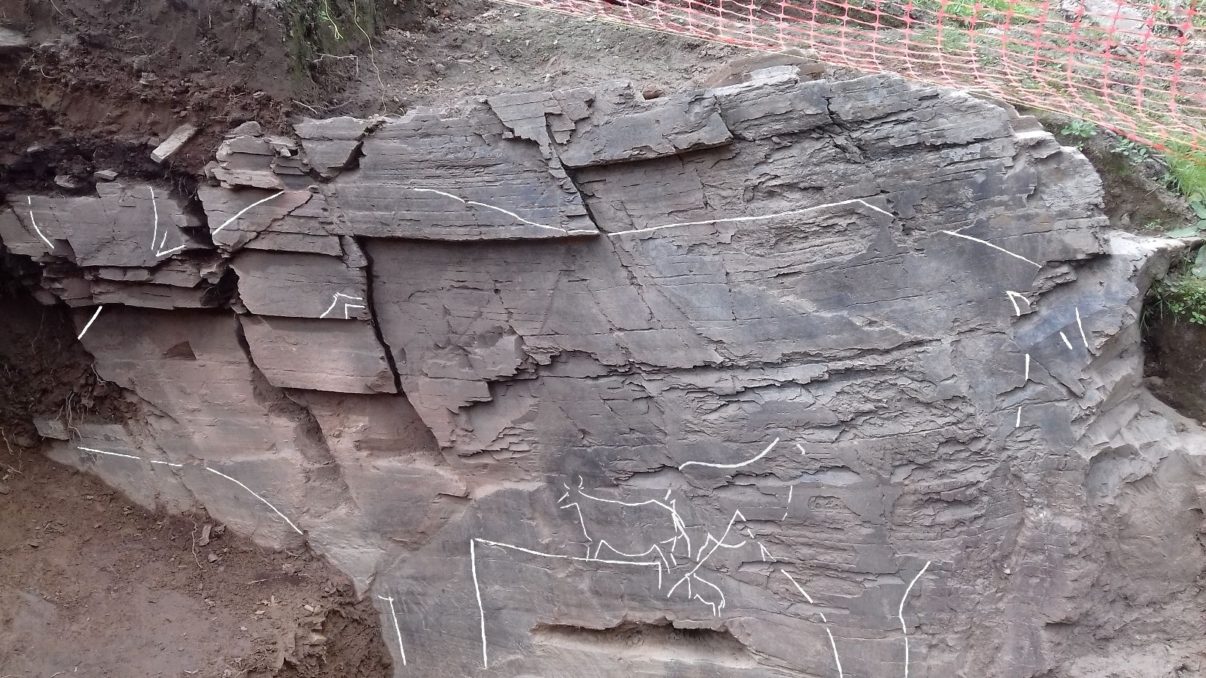
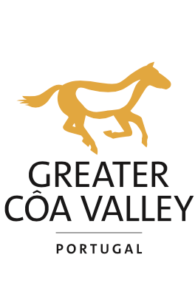 A relationship through time
A relationship through time
Much of the rewilding now taking place in northern Portugal’s Côa Valley involves the promotion of human-wildlife coexistence. But with our focus on the present, it’s easy to overlook the fact that relations between man and wildlife in the area date back tens of thousands of years. The historical nature of this dynamic was thrown into sharp relief very recently, with the discovery of a huge, 3.5 metre-long auroch (a species of wild cattle that became extinct in the 1600s), carved on to rock in the valley’s open-air, UNESCO World Heritage Listed Prehistoric Rock Art Site (part of the Côa Valley Archaeological Park).
After removing a large quantity of sediment, the Côa Valley Archaeological Park archaeologists involved in the excavation discovered a six metre-long rock face. Enclosed within the auroch depicted on the face, the team identified many other carved animals – including a female deer, an ibex and a female auroch followed by a calf – indicating just how important wild animals were to our European ancestors.
Unique site
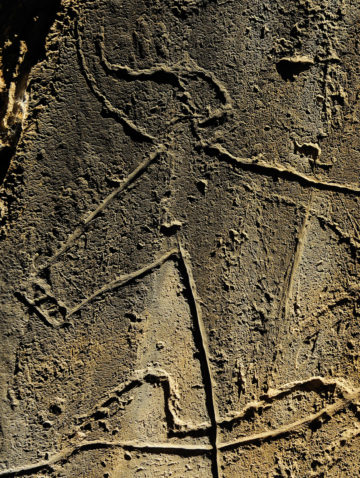
The newly discovered auroch carving is one of the largest rock art figures found anywhere in the world. Archaeologists believe it may date back more than 23,000 years – corresponding to the late Ice Age (or late Paleolithic-Old Stone Age) – although further analysis of the site has been postponed due to the Covid-19 pandemic. The unearthing of the carving highlights the tremendously rich culture of the Côa Valley, which complements the area’s wild nature and greatly enhances the valley’s attraction for tourists.
“This new discovery is particularly important for several reasons,” says Thierry Aubry, technical and scientific manager of the Côa Valley Archaeological Park and Côa Museum. “Not only will it allow us to date the oldest Côa Valley rock art more accurately, but it also enhances our knowledge of symbolic expression in Palaeolithic societies, in which open-air imagery clearly played a vital role.”
The Côa Valley contains thousands of open-air rock engravings of animals and human figures. Dating back to around 22,000 BCE, this the oldest collection of Stone Age art yet found in Portugal. Equally significant is the fact that almost all the Côa engravings were created outside, which is extremely rare for the European Stone Age. In addition, the valley also contains carvings dating from the more recent Neolithic (10,000 – 4,500 BCE) and Iron Age (1,200 to 600 BCE) periods, with some religious engraving continuing until only a few decades ago.
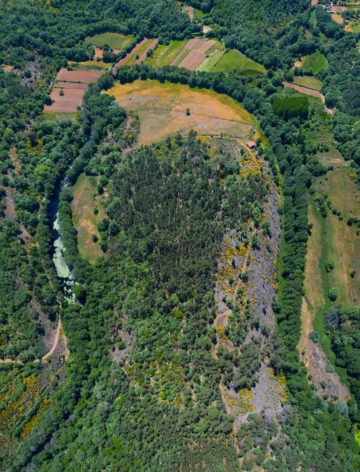
A contemporary perspective
As the Côa Valley’s unique engravings show, our European forebears lived alongside mighty aurochs and an array of other animals for thousands of years, repeatedly recording their existence in stone. Today, while the Greater Côa Valley remains a natural corridor for wildlife, its functionality has been diminished by habitat loss and degradation, wildlife persecution, and a lack of awareness about the importance of wild nature and the many benefits it provides.
Thanks to a substantial grant from the Endangered Landscapes Programme, scaled up rewilding efforts are now underway to reverse this decline. With efforts overseen by Rewilding Portugal and partners (the University of Aveiro and Portuguese NGOs Zoo Logical and ATNatureza), the aim is to develop a 120,000-hectare wildlife corridor in the Greater Côa Valley, connecting the Malcata mountain range in the south with the larger Douro Valley in the north.
Cultural promotion
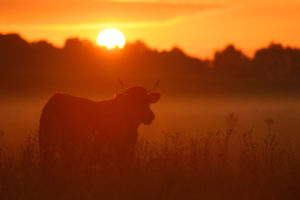
Rewilding efforts also include work to promote the area’s cultural heritage, which has just been considerably enhanced by the new archaeological finding. These include preparations for a new locally held festival focused on culture and nature, which are currently being undertaken by Rewilding Portugal.
“The discovery of such an inspirational piece of nature-based art right here in the Côa Valley accentuates the historical and cultural context of our rewilding work,” says Rewilding Portugal team leader Pedro Prata. “Despite being extinct, the great aurochs that once inhabited this area still captivate people today, as they clearly captivated the person who inscribed this amazing carving.”
Landscape-scale restoration
Founded in 2018, the Endangered Landscapes Programme is building a future in which landscapes are enriched with biodiversity, establishing resilient, more self-sustaining ecosystems that benefit both nature and people. It was established with a $30 million investment from Arcadia, the UK-based charitable fund of philanthropists Lisbet Rausing and Peter Baldwin. Supporting charities and scholarly institutions that preserve cultural heritage and the environment, Arcadia has awarded more than $500 million to projects around the world since 2002.
Want to know more?
- Greater Côa Valley rewilding area
- Rewilding Portugal
- Endangered Landscapes Programme
- Côa Valley Archaeological Park
